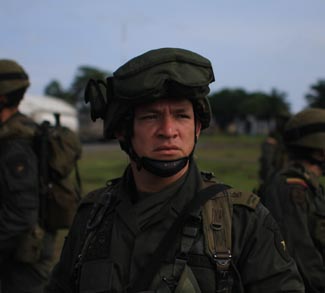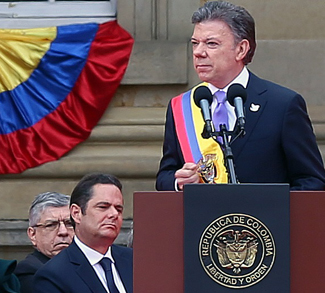Summary
Colombia’s southwestern department of Nariño is the main center of coca production in the troubled Latin American country, producing cocaine which is then sent across the border into neighboring Ecuador and then smuggled northwards by international drug trafficking groups to Central America. Nariño’s municipalities are at the “ground center” of the global cocaine trade according to academics and journalists who focus on the regional economy. However, with the end of Colombia’s long civil war between the armed forces, communist guerrillas, and right-wing paramilitaries, the area’s illicit economies (drug trafficking, but also illegal mining) have increasingly been fought over since the end of 2016. The combatants are various armed factions, and the struggle rarely makes the international headlines. The ongoing violence raises a central question regarding Colombia’s post-conflict future: How will the Colombian state, which is barely present in places like Nariño’s rural municipalities, handle the challenge of transforming the economies of rural areas? These areas depend almost exclusively on coca leaf production for the livelihoods of the tens of thousands of peasant farmers who live there.
Background
A drug runner’s paradise. Nariño produces more coca than any other department in Columbia. According to the UN, the region dedicated 23,000 hectares to growing coca leaves in 2016. In early 2017, the Colombian military said it estimated that 250 metric tonnes of cocaine had left the department over the course 2016. In response to government efforts to eradicate the area’s coca crops, local growers also shut down roads in 2016 and 2017. The department’s rural coca economy feeds naturally into the port city of Tumaco further downstream. Road closures there epitomize the confrontational relationship between the Colombian state and local peasant villages in the department, which for the past twenty years have preferred to cultivate coca leaves over other crop substitutes such as cocoa or rice. These take longer, are riskier to grow, and are less profitable. As such, Nariño is an excellent “test case” for what happens next as Colombia’s peace-time criminal justice system confronts the fact that the local economies of many rural areas remain thoroughly criminalized even after the FARC guerrillas have departed.




